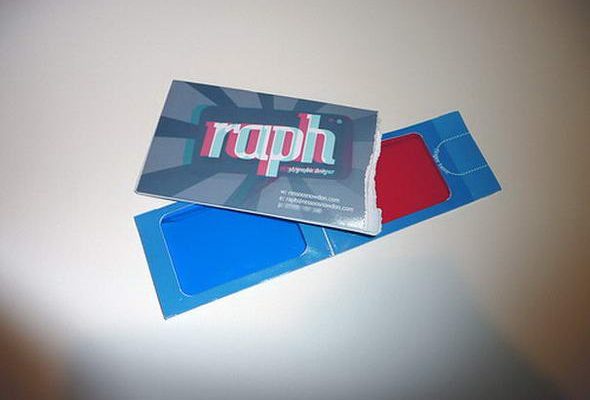In today’s digital age, where almost everything can be found online, one might wonder if there’s still a place for physical items like business cards. Yet, amid the growing importance of online platforms, the designing business card process holds a significance that’s hard to deny. Business cards serve as a quick, tangible way to share professional contact information. More than just pieces of paper, they’re a reflection of one’s brand, profession, and individuality.
But why do they matter? Think of it this way: When you attend a networking event or meeting, a business card can make a lasting impression. It’s not just about the name or contact details; it’s about the design, the texture, the fonts, and the overall feel. For a small retail business, a well-designed card can mean the difference between being remembered or forgotten. Business cards can add credibility, showing that a person or business is legitimate and well-established. Furthermore, they provide a touch of professionalism, boosting one’s professional business image. It’s this subtlety, the marriage of function and design, that keeps business cards relevant.
Check out 10 Most Creative Business Cards.
10 – Yoga One Business Card By Ryan Coleman
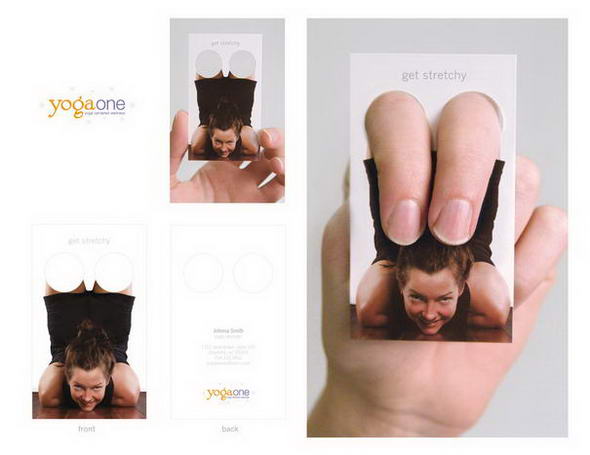
09 – SheetSeat Business Card By Emily Berry
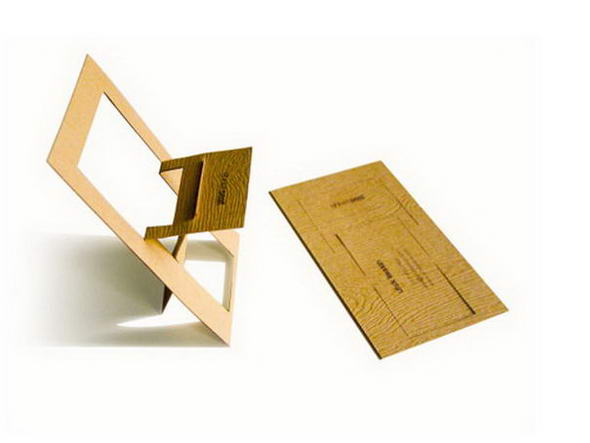
08 – Ninja BTL Business Card by Alatvis
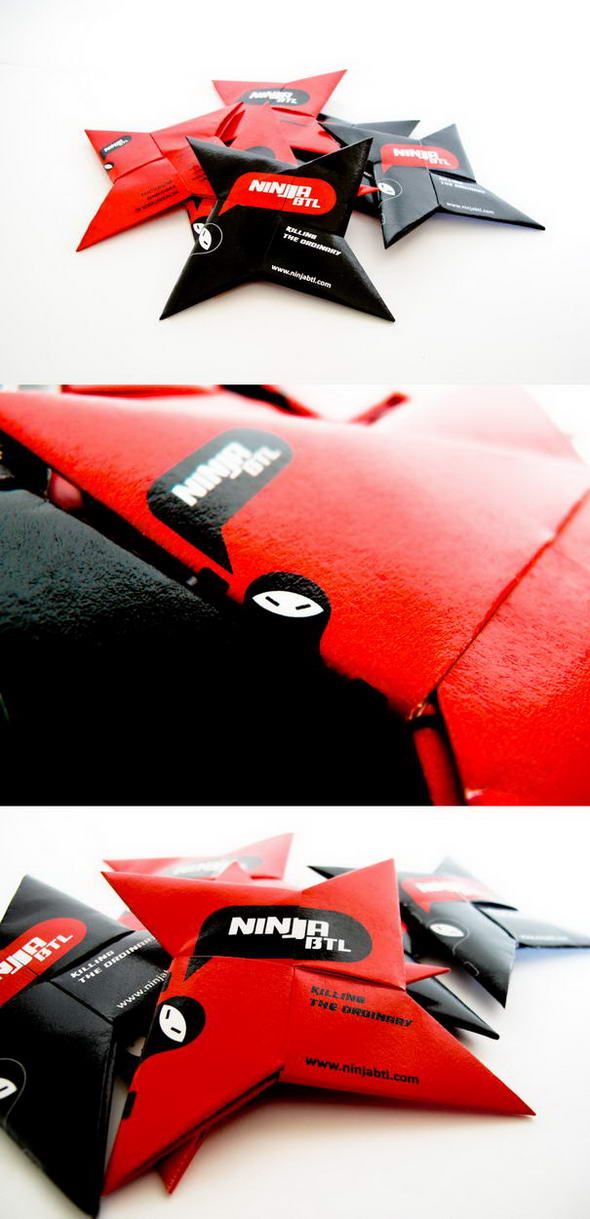
07 – Mogibo
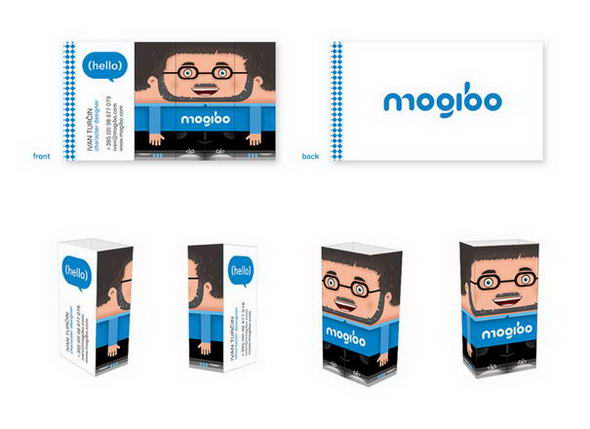
06 – Junge Schachtel
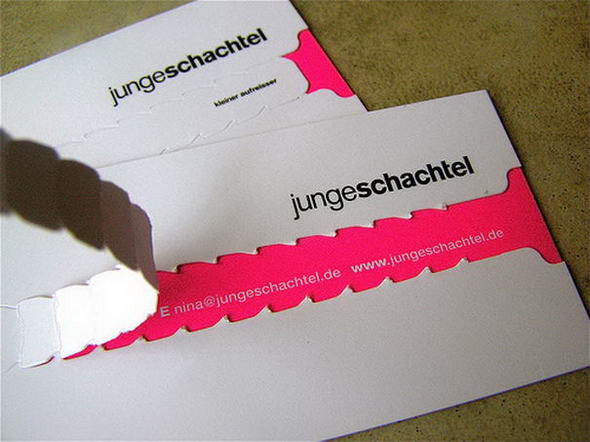
05 – By Reactor Design Agency
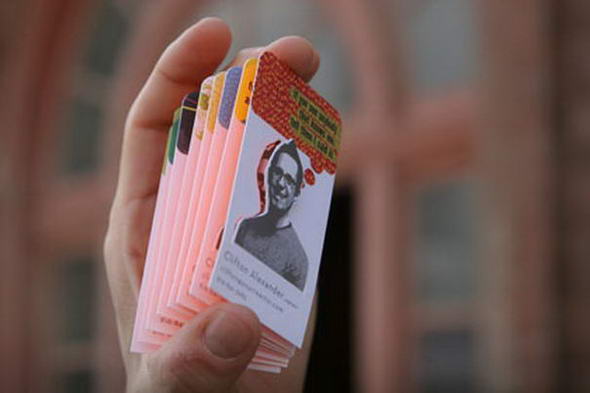
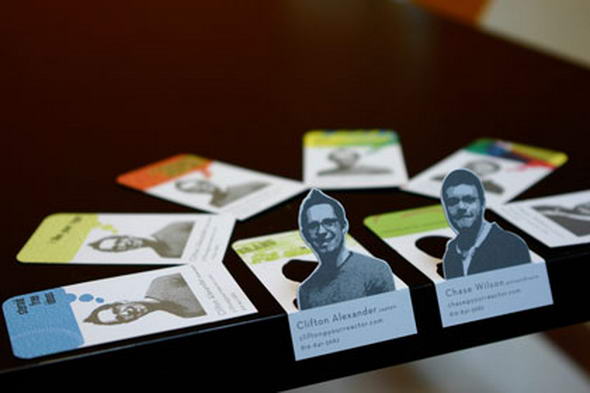
04 – Bridge Photographic By Ross Gunter
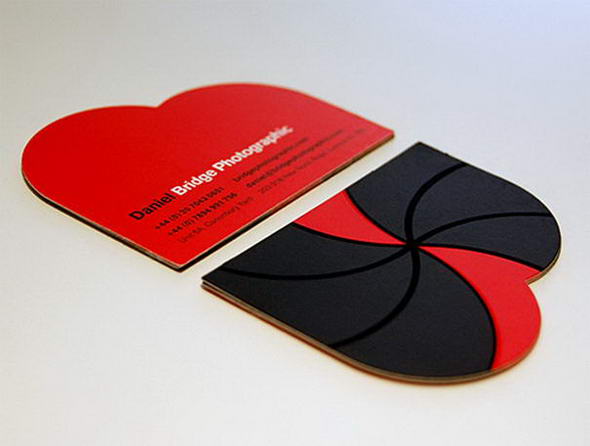
03 – Black Napkin
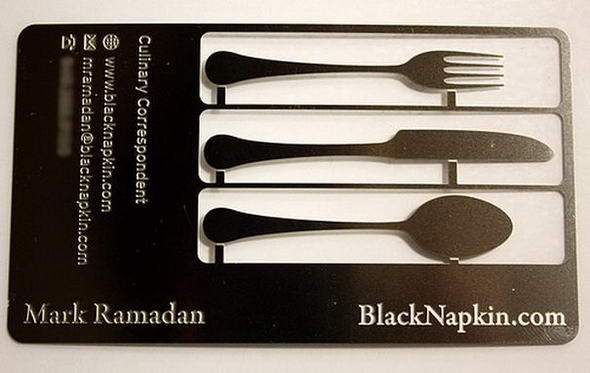
02 – Akufen
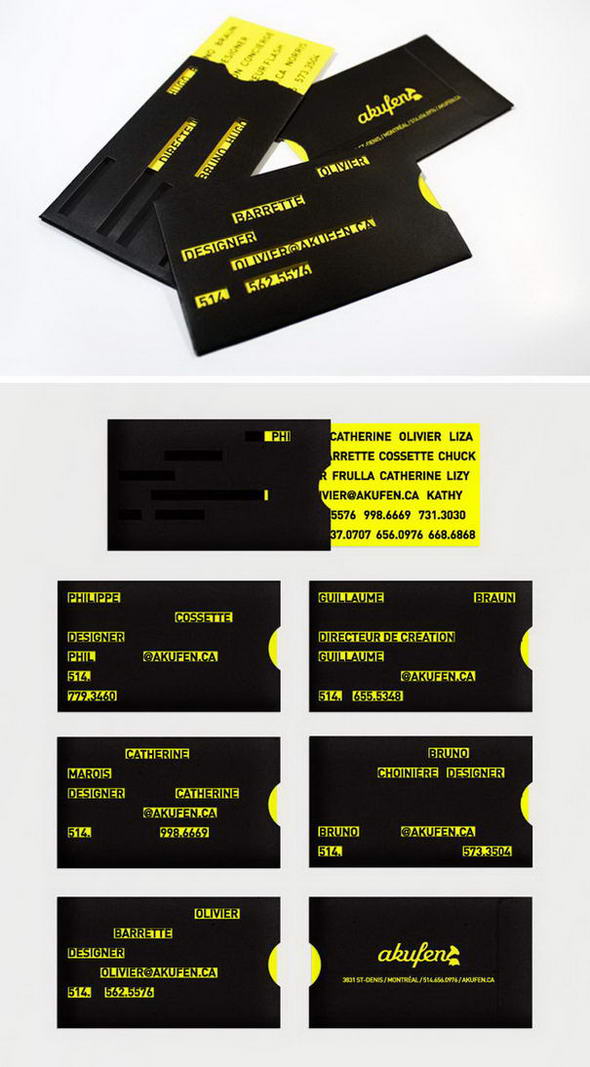
01 – 3D Business Card By Raphael Essoo-Snowdon
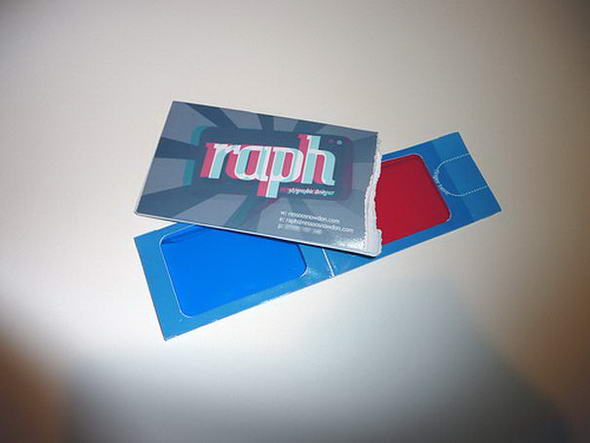
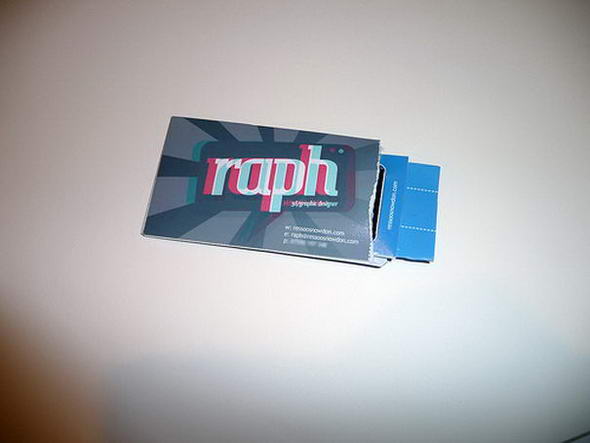
How Effective is a Business Card?
Business cards have been around for ages, and while their format hasn’t changed much, their impact remains undeniable. The effectiveness of a business card goes beyond just handing out contact details. It is about creating moments, initiating potential partnerships, and standing out in a sea of competitors. A well-designed business card can leave an indelible mark on a client or potential business partner. It can ignite conversations and open doors to opportunities.
But how do you measure its effectiveness? Consider moments when you’ve been handed a business card. The designs that stood out, the texture that felt different, or the tagline that made you think – those are the markers of an effective business card. Moreover, with every handover, there’s a silent exchange of trust. The card becomes an extension of one’s professional business image, a snapshot of brand identity. When done right, it becomes more than just a card; it’s a tool for connection, recognition, and growth.


